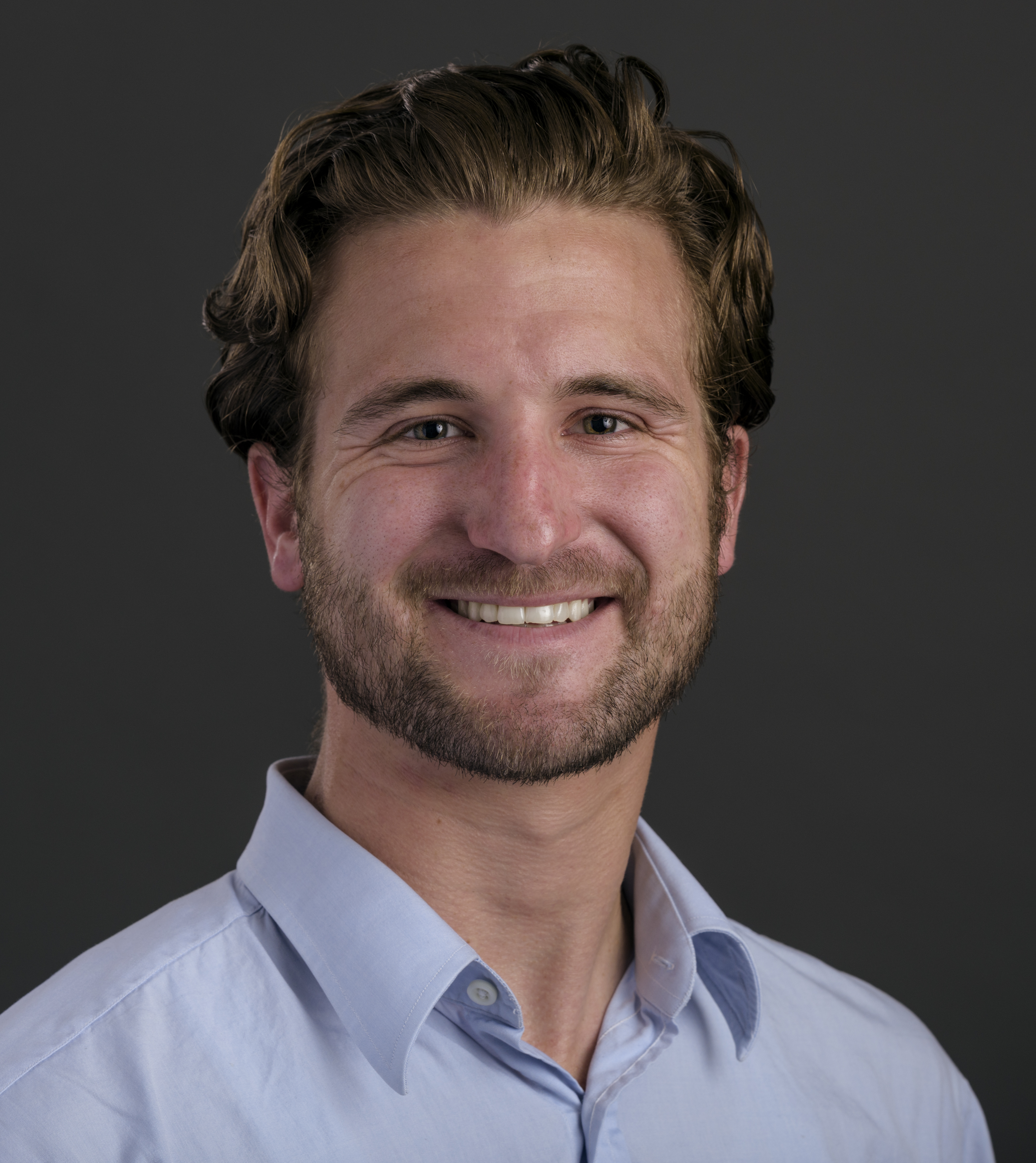Upcoming talk for April meeting of Los Alamos Geological Society
Published:
I will be delivering a talk for the April meeting of the Los Alamos Geological Society (LAGS). The talk will feature results from a recent, previously-published article on Mars methane variations, as well as ongoing work aimed at determining the optimal times to collect atmospheric samples as Curiosity nears its end of life.
When: Tuesday April 18th | 7 - 8 pm
Where: Zoom (link provided in the April LAGS newsletter)
Title: The Mars Underground: Characterizing subsurface methane seepage on the Red Planet
Abstract:
The existence of methane on Mars is a topic of significant interest because it is a potential biosignature – a sign of past or present life. General consensus is that, whether the source of methane is biogenic or abiogenic, it is most likely generated underground. To date, neither the source of methane on Mars nor the mechanism for transmission from the subsurface to the atmosphere are fully understood. Another part of this mystery is that measurements of atmospheric methane collected by Curiosity rover indicate that concentrations vary both seasonally and over short time scales (i.e., from hours to a couple sols). As the Curiosity rover nears the end of its life, onboard power becomes an increasing concern, and the pump life of the atmospheric sampler becomes a highly valuable resource. In order to balance these concerns, as well as the needs of other science areas of the mission, we need to be strategic in the choice of times that Curiosity collects its remaining samples.
In the first part of this talk, I will present numerical flow and transport simulations of deeply-sourced methane venting to Mars’ atmosphere via barometric-pressure pumping – a common process on Earth whereby atmospheric fluctuations progressively pull underground gases upward through fracture networks to the surface. We propose that this could be an effective mechanism to explain how deep underground methane reaches the atmosphere and produces the short-term variations observed.
In the second part of this talk, I will discuss ongoing work that uses these barometric pumping simulations to try to predict optimal times for Curiosity to collect methane samples. The simulations incorporate more advanced physics and atmospheric coupling in order to identify potential timing of experiments that would maximize the scientific returns of the final stage of Curiosity’s mission.
Speaker Bio:
John Ortiz is a Ph.D. Candidate in Environmental Engineering at Johns Hopkins University, and is advised by Dr. Harihar Rajaram. He received a B.A. in Earth Science with Honors from Dartmouth College in 2014, where he wrote an undergraduate thesis on quantifying regional sediment flux from observations of migrating sandbars along the Oregon and Washington coast. He then received a M.Sc. in Hydrogeology from New Mexico Institute of Mining & Technology in 2017, where he was advised by Dr. Mark Person on an investigation of the effects of fault zone properties on induced seismicity caused by deep wastewater injection. Upon graduating from New Mexico Tech, he started working at LANL in the EES-16 (Energy and Natural Resources Security; previously Computational Earth Science) group as a Post-Master’s student, where he supported global security and non-proliferation missions by developing models of radionuclide gas transport in fractured rock in order to detect clandestine underground nuclear tests. John currently works at LANL in EES-16 on a joint appointment with Johns Hopkins. In 2021, he received a 3-year Planetary Science Student Fellowship from the Center for Earth and Space Science (CSES) at LANL to investigate methane seepage on Mars for the remainder of his Ph.D.
